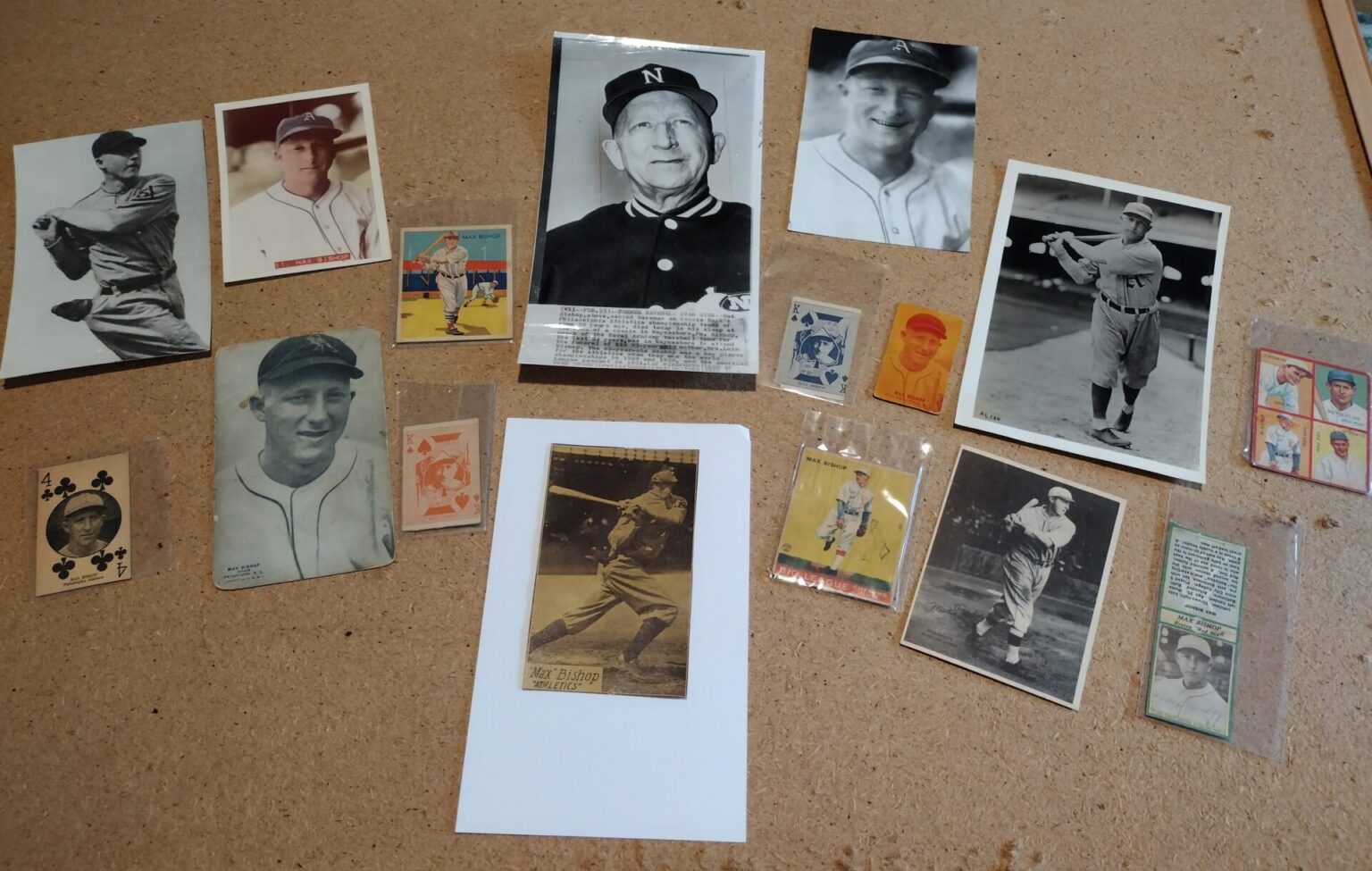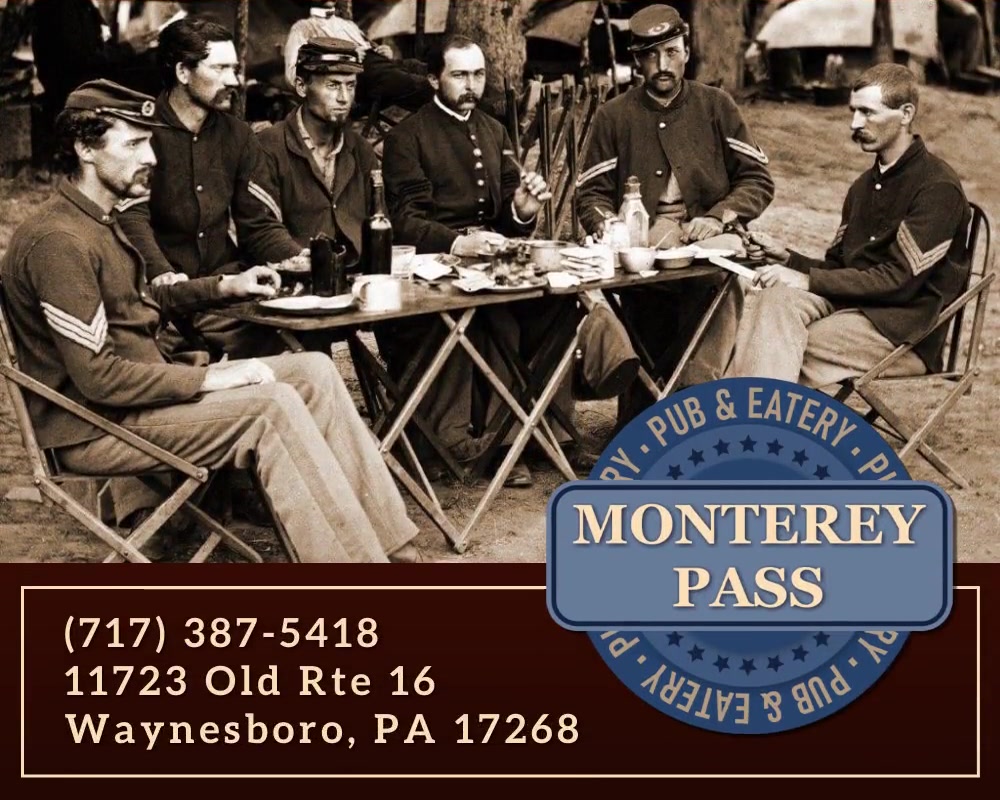WAYNESBORO – The name Max Bishop probably doesn’t turn many heads around Waynesboro – unless you’re an “old timer.”
But Bishop, born in Waynesboro in 1899, went on to enjoy a prosperous Major League Baseball career with the Philadelphia A’s during the 1930s before ending his career with the Boston Red Sox.
In 2004, Steve Tanner began collecting Max Bishop memorabilia. During the past nearly 20 years, the former Waynesboro Area Senior High School teacher and boys’ soccer coach has put together a modest collection that features old photographs and, of course, baseball cards.
“I went with Kerry Miller up to Chambersburg to a place that sold baseball cards, and the guy said, ‘You’re from Waynesboro.’ I saw (Bishop) was from Waynesboro. That got me started, and from then on I did more research. When I went to card shows, I looked for him.”
Tanner, who graduated from Marple-Newtown High School near Philadelphia, was teaching ROTC at Mount St. Mary’s University when he heard that Waynesboro boys’ soccer head coach Bob Stum was retiring. Tanner was hired by the school district in 1997 and continued teaching until 2017 when he retired. He coached the Indians soccer team until 2008.
His passion for collecting all things baseball actually began earlier in his life.
“I’ve always collected baseball cards. I mostly collected Phillies,” said Tanner, who has three thick scrapbooks dedicated to the Philadelphia Phillies that spans the decades of the 1940s, 50s and 60s. “I started collecting Max Bishop because he was from Waynesboro and he was a good player.”
Bishop, affectionately known as Camera Eye due to his propensity to draw walks and work deep into counts, moved to Baltimore when he was 14 years old. According to philadelphiaathletics.org, in 1918, he left high school to join the Baltimore Orioles, at the time a minor league team.
His major league career began in 1924 when Philadelphia A’s manager Connie Mack enticed Bishop to leave the Orioles and join the American League team. Bishop’s career spanned 12 seasons, including 10 with the A’s. He played two more seasons with the Red Sox and then went on to coach the Naval Academy baseball team for 24 years.
The Navy baseball stadium is named for Bishop.
“I’ve always been interested in history,” said Tanner, who works at the Monterey Pass Battlefield in Blue Ridge Summit. “And if it has to do with sports history, that’s a plus.”
In 1929, Bishop – who played second base and finished his career with a .976 fielding average – walked a league-leading 128 times and scored 102 runs.
The 1930 Philadelphia A’s beat the St. Louis Cardinals in the World Series. During the season, Bishop scored 117 runs and had 111 hits.
In his final season at Navy, Bishop’s Midshipmen ran up a record of 24-2. He retired following that season, having completed his coaching career in Annapolis, Maryland with 306 wins and 143 losses.
Bishop died on Feb. 24, 1962 in Waynesboro after returning home for his mother Lulu Bishop’s funeral.
Writes Bill Novlin in an article on Bishop: “He’d been under treatment for a heart condition and had scheduled his retirement from the Naval Academy for just a week later, on March 1. On the 24th, he died in his sleep at the home of a cousin. His brother Mark found him dead in his bed. . . Lulu Bishop was buried just a few hours after Max died.”















